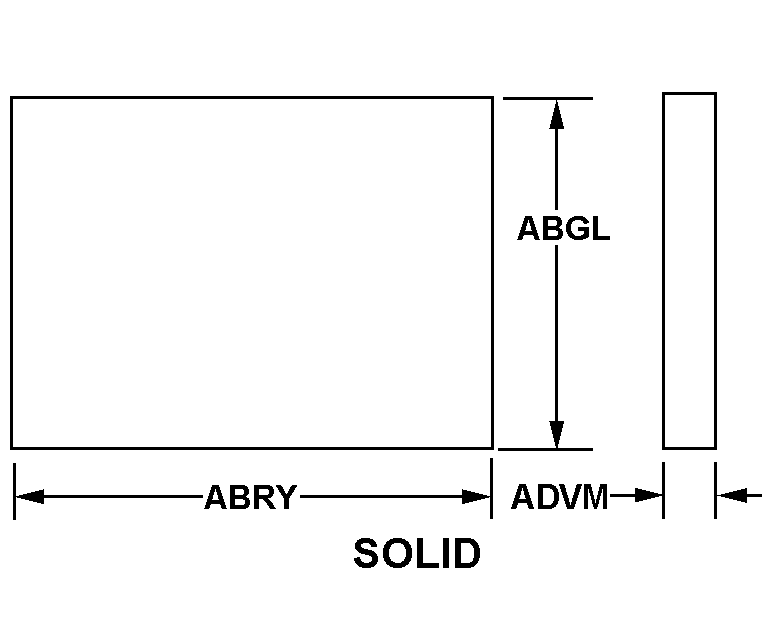9515014550740
Price Quote Get an up to date pricing and availability quote for this product. Order online or over the phone.
Quality Commitment
Serving our customers with quality and safety first.
- AS9120 Certified
- Audited supply chain
- ITAR Registered
- DDTC Registered
- HAZMAT Certified
- Customer service objectives
- Every product 100% inspected

9515-01-455-0740 Specification Set by the OEM (see RNCC code 3)
any acceptable
2500.0 mm
12100.0 mm
9.0 mm
solid
hull
any acceptable
795 megapascals
690 megapascals
carbon equivalent to 0.46 percent max, charpy category 5 (greater than or equal to) guaranteed impact 40.0 joules at minus 40.0 deg c; blast clean or pickle finish; painted one coat one vinyl wash cgsb std 1-GP-121M and one coat marine primer; marked iaw fed std 183
quenched and tempered
steel, astm A517
steel, astm A517
2136.0 kilograms
any acceptable
astm A517-79 grade f professional/industrial association standard
as differentiated by descriptive data
Cross Reference Parts Part numbers that meet the specification outlined on this page and set by the OEM
Identification Item Identification Guide (IIG) and Item Name Code (INC)

Definition Definition of approved item name (AIN): "PLATE,METAL"
A ferrous or nonferrous product with cross-sectional dimensions limited to those established in appendix c, fiig a131. Excludes armor plate; plate, floor, metal; terneplate; and tinplate. For silver plate items see silver sheet.
9515-01-455-0740 Material Hazmat, Precious Metals, Criticality, Enviroment, and ESD
Indicates there is no data in the hmirs and the nsn is in a fsc not generally suspected of containing hazardous materials.
Item does not contain precious metal.
No known electrostatic discharge (esd) or electromagnetic interference (emi) sensitivity.
Represents items with no adp components
The item does not have a nuclear hardened feature or any other critical feature such as tolerance, fit restriction or application.
Identification Codes
HMIC: Hazardous Material Indicator Code. A one position code that identifies a hazardous item.
PMIC: Precious Metal Indicator Code. A one position code which identifies items that have precious metals as part of their content. precious metals are those metals generally considered to be uncommon, highly valuable, and relatively superior in certain properties such as resistance to corrosion and electrical conductivity.
ESD: Electrostatic Discharge. Indicates if an item is susceptible to electrostatic discharge or electromagnetic interference damage. electrostatic discharge damage occurs when an accumulation of static electricity generated by the relative motion or separation of materials is released to another item by direct contact. electromagnetic interference damage occurs when an item comes into proximity with an electrostatic or magnetic field.
ENAC: Enviromental Attribute Code. Identifies items with environmentally preferred characteristics.
CRITL: Criticality Indicator Code. Indicates an item is technically critical by tolerance, fit, application, nuclear hardness properties, or other characteristics.






